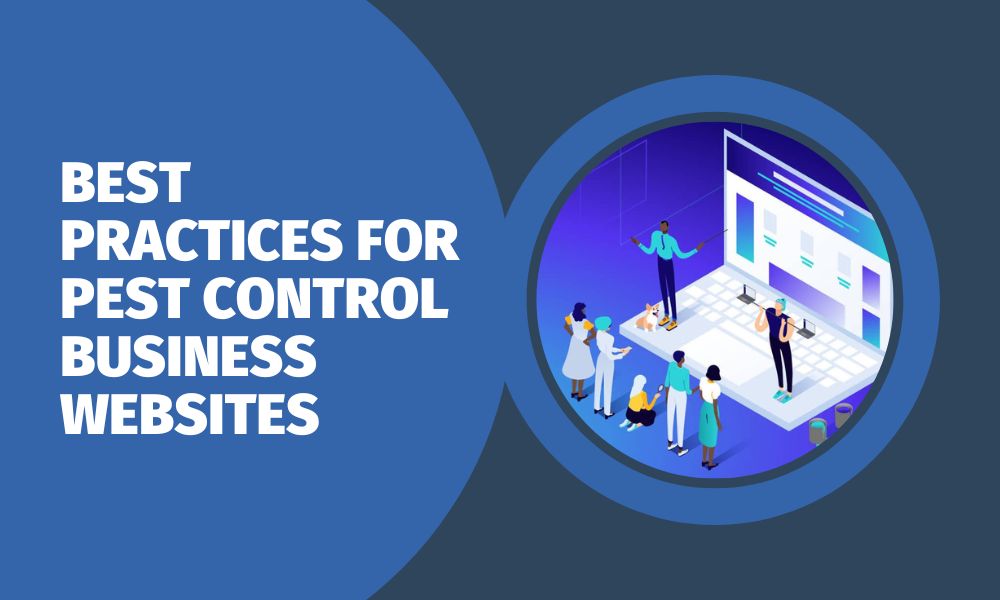Best Practices for Pest Control Business Websites

Your website is the digital storefront of your pest control business. It’s often the first point of contact for potential customers, which makes having a professional, user-friendly, and effective website essential. A well-designed website not only builds credibility but also converts visitors into loyal clients. Leveraging tools and strategies to create a Smart Pest Control Website can further enhance your business’s ability to attract and engage customers effectively. Here are the best practices for creating a website that positions your pest control business for success. Start with a Clear and Engaging Homepage Your homepage serves as the gateway to your business. It should immediately communicate who you are, what you do, and how customers can benefit from your services. Include the following key elements: Prioritize Mobile Responsiveness With the majority of users browsing websites on mobile devices, ensuring your site is mobile-friendly is crucial. A responsive design adapts to various screen sizes, providing a seamless experience for users whether they’re on a smartphone, tablet, or desktop. Test your site on different devices to guarantee quick loading times, readable text, and intuitive navigation. Optimize for Local SEO Most pest control customers search for services in their local area. To boost your website’s visibility, focus on local SEO: Provide Comprehensive Service Pages Each of your pest control services deserves its own dedicated page to inform and persuade potential customers. For instance, you might have separate pages for termite control, mosquito prevention, and rodent removal. On these pages: Make Navigation Simple and Intuitive A confusing website drives visitors away. Ensure your navigation menu is well-organized and easy to use. Include clear categories like “Home,” “About Us,” “Services,” “Blog,” and “Contact.” The goal is to make it easy for users to find what they need in just a few clicks. Build Trust with Testimonials and Case Studies Potential customers want assurance that your pest control services are reliable. Include: This type of social proof reinforces credibility and makes your business more appealing. Incorporate an Informative Blog Section An active blog filled with pest control tips, seasonal advice, and educational content not only positions you as an authority but also improves your search engine rankings. For instance, articles on topics like “How to Identify Termite Damage” or “Top Tips for Mosquito Prevention” provide value to visitors and keep them engaged with your site. Ensure Strong Calls-to-Action (CTAs) Your website should guide visitors to take action. Examples of effective CTAs include: Position these CTAs strategically throughout the website, ensuring they are easy to spot and click. Focus on Website Speed and Security A slow-loading website frustrates visitors and can harm your search rankings. Use tools to test your site speed and optimize it by compressing images, leveraging browser caching, and minimizing code. Additionally, ensure your website is secure by implementing an SSL certificate, which displays the “https://” and a padlock symbol in the browser bar. Regularly Update and Maintain Your Website A website is not a set-it-and-forget-it tool. Regular updates keep your site relevant and functional: Take Your Website to the Next Level with Rhino Pest Control Marketing Designing and maintaining a professional pest control business website requires expertise and a focus on customer needs. At Rhino Pest Control Marketing, we specialize in creating custom, responsive, and results-driven websites tailored to the pest control industry. Whether it’s optimizing your website for local SEO or transforming it into a Smart Pest Control Website with engaging features like testimonials and blogs, we’ve got you covered. Contact Rhino Pest Control Marketing today to build a website that leaves a lasting impression and drives business growth.
